When ordering custom t-shirts for your business, event, or personal use, the printing process you choose can make all the difference in the final product. Screen printing, heat transfer, direct-to-garment (DTG), and sublimation printing – how can you choose the greatest quality and vibrancy? This article compares the most common t-shirt printing process and discusses their advantages and downsides.
We’ll examine the procedures’ operation, their adaptability to various designs, the best textiles to use, setup expenses, print longevity, and overall output quality. With the help of this overview, you will be able to decide on the best printing method for your t-shirt business according on the requirements of your design, quantity, fabric, and budget.
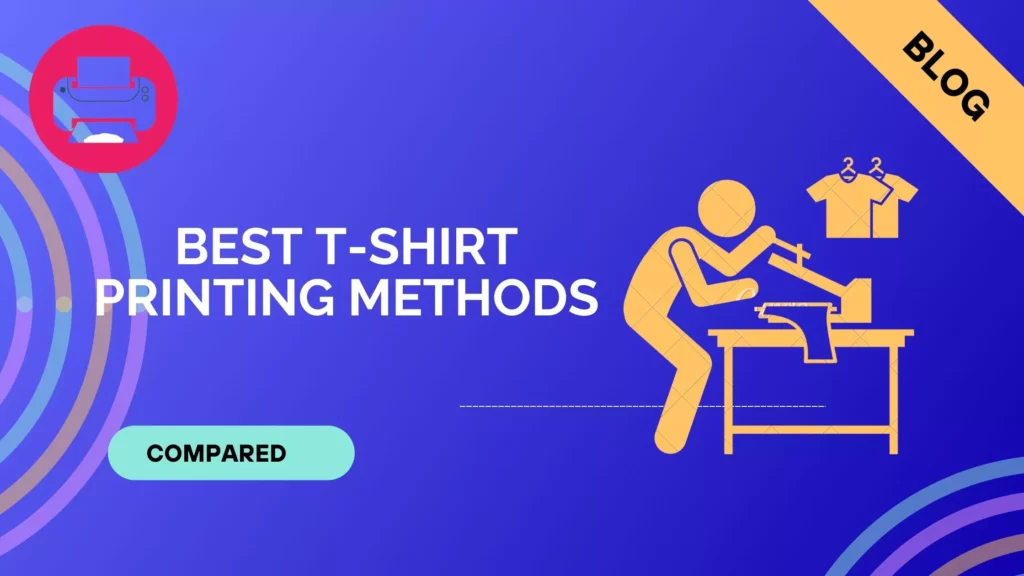
Common T-Shirt Printing Processes
A. Screen Printing
One of the most popular and affordable t-shirt printing techniques is screen printing. To imprint the design on the garment, ink is pushed through a tiny mesh screen. The screen is filled with blocks where the design is not present. This makes for a very high degree of quality and accuracy.
The ink produces vibrant, striking colours that truly pop since it rests on top of the fibres rather than soaking into the cloth. The finished prints are smooth to the touch. Large expanses of solid colour and straightforward graphics or logos without subtle gradients or small details perform particularly well for screen printing.
It’s perfect for printing big quantities of t-shirts, such as team jerseys for sports teams or branded clothing for businesses. Larger orders make that first investment more economical since the screens’ creation is where the fixed expenses lie. Shirts with screen printing are resistant to fading and cracking in wash after wash.
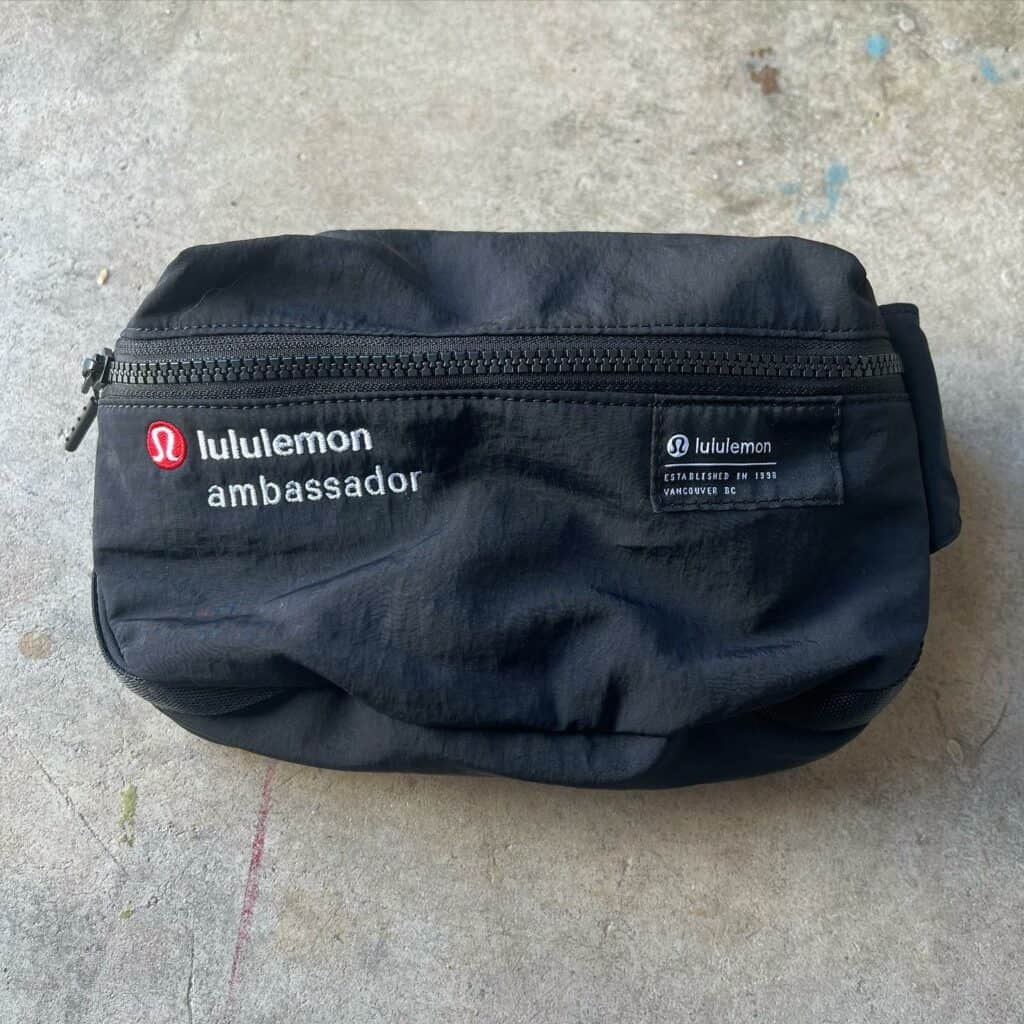
The drawback of screen printing is that it is not appropriate for intricate multicoloured patterns or photographic pictures. The process of making the displays involves significant setup expenses as well. Using a digital direct printing process might be more cost-effective for orders that are small batches.
All things considered, screen printing produces vibrantly coloured prints that are strong and excellent. It’s the method of choice for strong, graphic graphics in bigger numbers.
B. Heat Transfer
Heat transfer printing includes printing graphics onto specific transfer paper, using either inkjet or laser printers. The print is then transferred from the paper to the t-shirt using heat and pressure using a heat press.
The main benefit of heat transfer is that it eliminates the need for expensive screen setup in order to print full-color artwork and photos quickly and economically. For orders in small batches or designs that change regularly, it’s an excellent option.
For intricate or photographic patterns, you can expect photo-realistic quality and an infinite number of colours since the prints are made using digital printers. Additionally, it makes printing on coloured or dark clothes simple.
Since heat transfer printing involves essentially placing an additional layer on top of the garment, the feel of the print is somewhat different than direct printing. The hand has a texture similar to vinyl and might feel a little weighty or stiff. Although the prints are durable, continuous usage can lead them to ultimately peel or fracture.
Heat transfer produces good results when used for one-off prints or small batch orders that need photographic and full-color printing. The ease of setup and affordable equipment make it accessible for small businesses and entrepreneurs.
C. Direct to Garment (DTG) Printing
Using a specialised inkjet printer, direct to garment printing, or DTG, is a technique where the print is printed directly to the t-shirt. Using water-based inks, the printer sprays a high-resolution digital picture straight into the cloth.
With this method, photographic picture quality is comparable to that of screen printing but without the setup expenses and detail restrictions. DTG is particularly good at recreating gradients, intricate patterns, and lifelike pictures with fluid colour transitions.
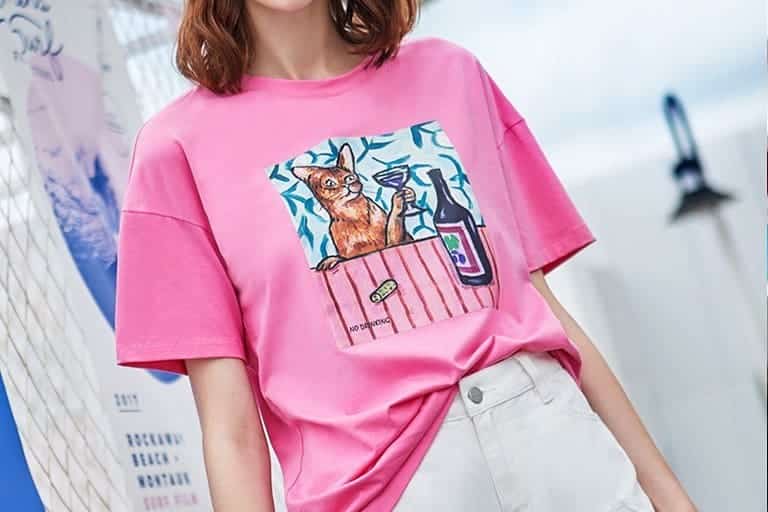
DTG prints are pleasant to the touch and preserve the drape and texture of the clothing since the ink is absorbed into the fabric. There are no thick layers of ink or vinyl like other processes. The prints can fade over time with repeated washings and are not nearly as robust as screen printing, which is a drawback.
DTG printing is quite flexible; it may be used to print on leather, cotton blends, polyester, and cotton. Small batch printing tasks are perfect for it since there are no setup fees. One downside is the slow print speed, making it less efficient for large orders.
DTG offers superb print quality and a smooth texture for full colour pictures, particularly photos. It’s the best option for small custom clothing printing enterprises and e-commerce sites.
D. DTF (Direct to Film) Printing
Direct to film printing, or DTF printing, is a specialty t-shirt printing method that applies a polymer ink onto a film sheet. The film is then heated to transfer the ink onto the clothing.
Though an extra layer of printable film serves as a protective barrier over the print, the process is identical to heat transfer printing. When heat is applied, the ink dries into a plastic polymer that forms a link with the cloth fibres.
DTF printing has the benefit of having very realistic and soft prints that stretch and move with the clothing. Even after several washings, the print is shielded from fading or breaking since it is enclosed in the plastic film.
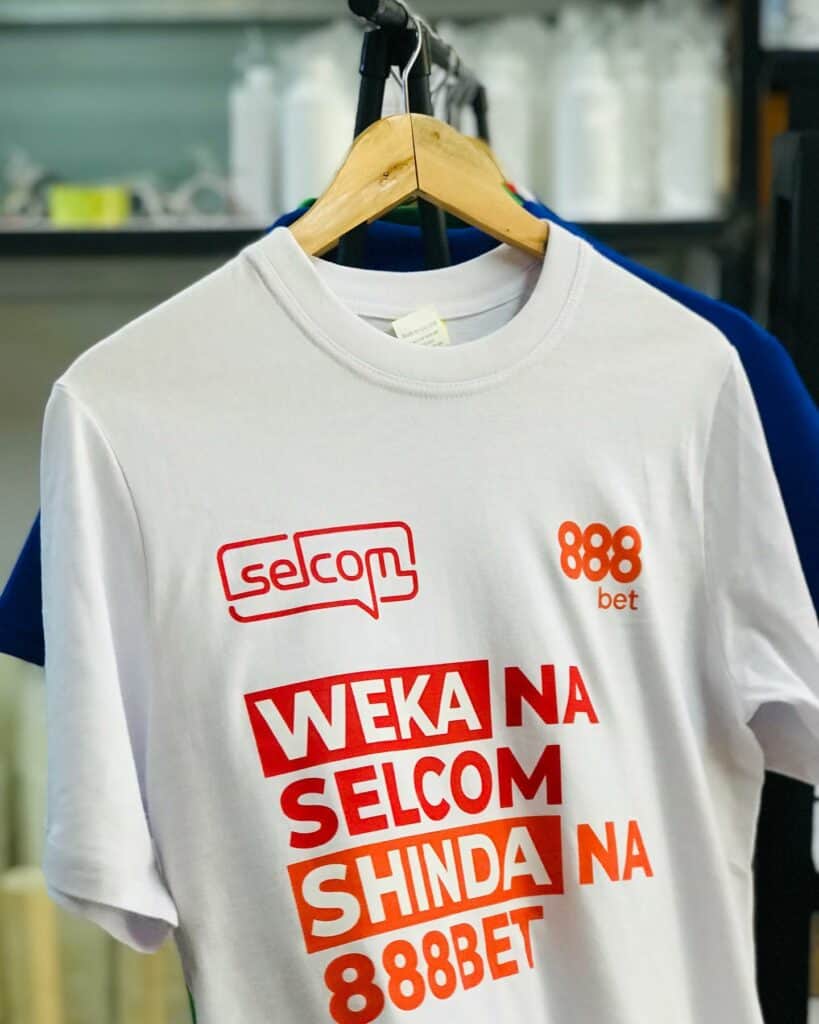
Because of its great elasticity and durability, DTF is perfect for performance wear and sports clothes. It works well on cotton, polyester, spandex blends, and other stretchy fabrics. Vibrant photographic prints are possible.
Some heat transfers have a plastic-like texture, while DTF prints are very light and smooth. Small run printing can be done with it and setup expenses are minimal.
DTF offers excellent quality and durability for soft premium prints on t-shirts or stretchy sporting clothing. The advanced film layer takes heat transfer to the next level.
E. Sublimation Printing
Sublimation is a kind of digital printing where full-color prints are produced by using pressure and heat to infuse cloth with dye or ink. Unlike other techniques, it produces a clean, direct transition of the ink from solid to gas form.
The process starts by printing the desired image onto treated, polyester-coated paper using special sublimation inks. After that, the printed paper is laid over the cloth, and a heat press is used to apply pressure and heat (around 400°F).
The heat converts the ink into a gas which infuses with the polymer fibers in the fabric. The outcome is colourful, long-lasting designs that are integrated into the garment rather than being applied on top.
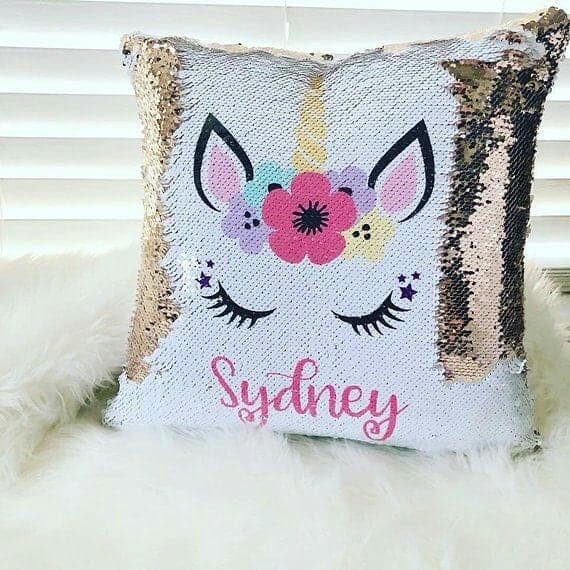
The benefits of sublimation are permanent and vibrant colours, exceptional wash resistance, and a smooth feel since no vinyl or plastic is applied on top. It excels in photography and sophisticated designs. One drawback is that it is limited to polyester materials. With natural fibres like cotton, the ink simply has nothing to attach to.
Because of the specific equipment needed, sublimation is more appropriate for industrial applications than for home usage. Nonetheless, sublimation produces gorgeous, high-quality prints for large-scale customisation of polyester sportswear, uniforms, or event apparel. Additionally, customised phone covers, mugs, and other accessories are becoming more and more popular.
Comparison Summary
| Printing Method | Best For | Number of Colors | Feel of Print | Setup Costs | Ideal Order Size | Wash Durability |
|---|---|---|---|---|---|---|
| Screen Printing | Bold graphics, simple designs, large batches | 1-4 | Smooth, slightly rigid | High | Dozens to hundreds | Excellent |
| Heat Transfer | Photographic prints, small batches | Unlimited | Stiff, vinyl-like | Low | Single to small batch | Fair |
| DTG (Direct to Garment) | Photographic prints, dark fabrics | Unlimited | Soft, textured | Low | Single to medium batch | Fair |
| Sublimation | Full color on polyester | Unlimited | Soft, embedded | High | Medium to large | Excellent |
| DTF (Direct to Film) | Soft prints on stretchy fabrics | Unlimited | Very soft, stretchy | Low | Small batches | Excellent |
Conclusion | Best T-shirt Printing Process
When it comes to t-shirt printing, the procedure you pick influences the quality, durability, and appearance of the finished product. With its brilliant pigments and flexibility of use for big quantities, screen printing is best suited for bold, graphic designs. Direct-to-garment (DTG) provides unmatched picture reproduction for photorealistic printing.
When full-color prints are incorporated into polyester materials, sublimation shines out. Heat transfer offers a reasonably priced alternative for modest orders. The best printing technique will depend on your budget, required quantity, cloth, and design. Knowing the advantages and disadvantages of each method will help you choose the best one to make beautiful, specially crafted t-shirts that meet your requirements.
FAQs
Heat transfer printing is typically the most budget-friendly option, with lower equipment costs and ability to print smaller batch orders.
Direct-to-garment (DTG) printing allows for photorealistic image quality ideal for complex or photographic designs.
Direct to garment (DTG) printing has minimal setup costs since it prints directly from a digital file without screens or films.
Direct to garment (DTG) or sublimation printing typically yield the softest feel since no layers are added on top of the fabric.
Sublimation printing infuses ink into polyester fabric for excellent wash durability. For cotton, screen printing is generally the most durable option.
No, only direct to garment (DTG) and sublimation reliably allow printing on black or dark colored fabric.
Sublimation only works on polyester fabrics since the ink bonds with the polymer fibers.
Screen printing is most cost effective and efficient for orders with dozens or hundreds of the same design.
Sublimation and DTG offer full color while screen printing is limited to the number of screens made, typically 1-4 colors.

Ashley Wang is a skilled sales manager with knowledge in DTF printing. She presently works for ShenLan Digital, a reputable DTF printer maker. Ashley is the best person to offer advice on selecting the most suitable DTF printer because she has tested a lot of them. She launched DTFPrinterSchool to educate individuals and organizations about DTF printing technology, providing her expertise and observations on the most recent advancements in the sector. Ashley is an invaluable resource for businesses and individuals wishing to invest in DTF printing technology because of her expertise and experience in the industry.
